 It can be a challenge to get in the recommended 2–3 cups of vegetables each day. Even people who like vegetables can struggle coming up with ways to increase them. Thankfully, the food industry realizes this and has come out with a ton of quick and easy options to make it simple to get in those servings.
It can be a challenge to get in the recommended 2–3 cups of vegetables each day. Even people who like vegetables can struggle coming up with ways to increase them. Thankfully, the food industry realizes this and has come out with a ton of quick and easy options to make it simple to get in those servings.
The key is to take a stroll down the frozen food aisle. Some people are concerned that frozen veggies aren’t as healthy as fresh vegetables, but that isn’t the case. Frozen vegetables are flash-frozen at their optimum nutritional state. This guarantees that all of those nutrients are preserved. Cook them to crisp tender and the majority of those nutrients will be intact.
Not only can you go for the traditional frozen veggies like broccoli and carrots, but now there are lots of fun options to make it easier to get the recommended plant-based nutrition and vitamins into your meals.
Delicious Frozen Options
Here are some new items to toss into your grocery cart at your next shopping trip.
Cauliflower Craze
- Green Giant Riced Veggies
- Birds Eye Riced Cauliflower
- Alexia Mashed Cauliflower
- Green Giant Veggie Tots (Cauliflower)
Spiralized Sensation
- Trader Joe’s Carrot Spirals
- Green Giant Veggie Spirals—Zucchini
- Green Giant Veggie Spirals—Butternut Squash
Protein Power
- Birds Eye Protein Blends: California Style
- Birds Eye Protein Blends: New England Style
- Hanover Blended Proteins: Sicilian Style
Watch the Sodium
One thing to be cautious about is that some of these frozen veggie options are higher in sodium than the standard bag of plain frozen vegetables. Make sure to drink plenty of water with your meal to help flush out the sodium, and pair your frozen veggie side with a fresh piece of protein and a whole grain. Don’t add additional salt to the dish, and review the nutrition facts label to see which ones are higher than others.
This blog was written by Angie Mitchell, RD, Wellness Coordinator. To find out more about the NIFS bloggers, click here.


 Every day Americans waste a lot of food. One statistic states that we throw away up to 40 percent of the food that is purchased! This is usually due to the fact that even though food costs are rising, no other nation spends less on the food supply. Since food is so abundant, especially with the warehouse options like Costco for grocery shopping, it makes it easier to not value the food and therefore toss more in the trash.
Every day Americans waste a lot of food. One statistic states that we throw away up to 40 percent of the food that is purchased! This is usually due to the fact that even though food costs are rising, no other nation spends less on the food supply. Since food is so abundant, especially with the warehouse options like Costco for grocery shopping, it makes it easier to not value the food and therefore toss more in the trash.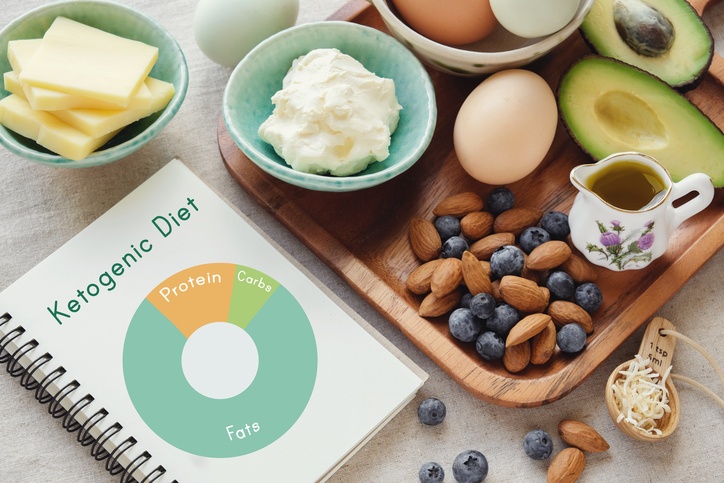 Ketogenic Diet (Keto)
Ketogenic Diet (Keto)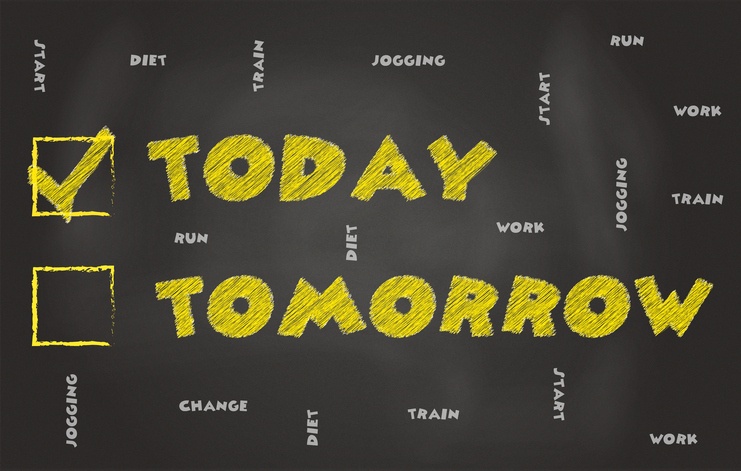 Do you remember what your resolution was almost three months ago when the ball dropped? If you are like millions of other people, you made a
Do you remember what your resolution was almost three months ago when the ball dropped? If you are like millions of other people, you made a 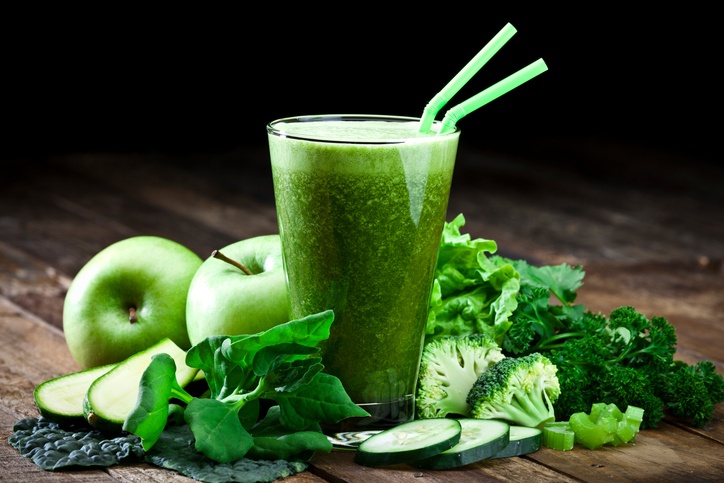 St. Patrick’s Day, the greenest of the holidays, is right around the corner. You might have your favorite lucky green shirt that you wear every year, but do you also have a favorite green dish that you eat, too? For a lot of people that might be some corned beef and cabbage, but if you aren’t a fan of that dish, want something with more balanced nutrition, or want to eat green at other meals too, try one of these healthy and tasty green recipes.
St. Patrick’s Day, the greenest of the holidays, is right around the corner. You might have your favorite lucky green shirt that you wear every year, but do you also have a favorite green dish that you eat, too? For a lot of people that might be some corned beef and cabbage, but if you aren’t a fan of that dish, want something with more balanced nutrition, or want to eat green at other meals too, try one of these healthy and tasty green recipes.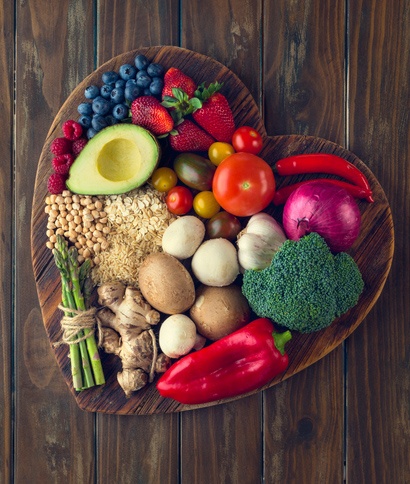 February is
February is  Every couple of years, the world’s best athletes get to compete in either the winter or summer Olympics, and I have been wondering about what they eat! I know as a dietitian I am obsessed with food, but surely other people wonder about sports nutrition on this kind of scale, too. These elite athletes have a routine when it comes to their nutrition, especially before competition. Then they are put into a situation where they have a giant smorgasbord of choices in the Olympic Village. How hard it must be to try to stick to their plan…at least until their event is over.
Every couple of years, the world’s best athletes get to compete in either the winter or summer Olympics, and I have been wondering about what they eat! I know as a dietitian I am obsessed with food, but surely other people wonder about sports nutrition on this kind of scale, too. These elite athletes have a routine when it comes to their nutrition, especially before competition. Then they are put into a situation where they have a giant smorgasbord of choices in the Olympic Village. How hard it must be to try to stick to their plan…at least until their event is over. I love what I do…seeing people succeed with their weight-loss goals is one of the most rewarding feelings as a dietitian. However, it can also be very challenging when I see clients revert back to old habits and struggle to keep the weight off that they worked so hard to remove. While this is a common struggle for many, there are small steps that you can take to try to prevent this from happening.
I love what I do…seeing people succeed with their weight-loss goals is one of the most rewarding feelings as a dietitian. However, it can also be very challenging when I see clients revert back to old habits and struggle to keep the weight off that they worked so hard to remove. While this is a common struggle for many, there are small steps that you can take to try to prevent this from happening. After the feasting season (Halloween to Christmas) comes the New Year, and for a lot of people this means a resolution. Most people make resolutions to start weight loss, work out more, eat better, and so on; but typically it is some sort of goal to start off the New Year on a healthier note. If you are hoping to have a healthier year, I have some suggestions that will help jump-start your January.
After the feasting season (Halloween to Christmas) comes the New Year, and for a lot of people this means a resolution. Most people make resolutions to start weight loss, work out more, eat better, and so on; but typically it is some sort of goal to start off the New Year on a healthier note. If you are hoping to have a healthier year, I have some suggestions that will help jump-start your January.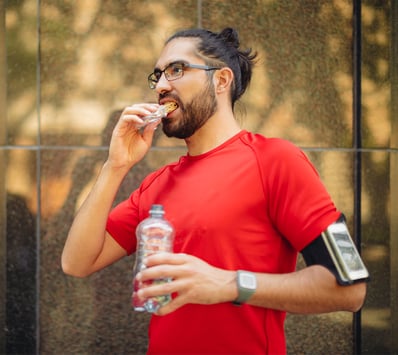 Your body needs fuel! When you are planning to do a run or a workout that is longer than an hour, the way to ensure that you have enough energy to get through it is to make sure you are eating the proper combination of foods beforehand for endurance. This is tricky, though, because you want to make sure what you are eating doesn’t upset your stomach during the workout. Here are some suggestions to get you through the workout with the right nutrition for feeling great.
Your body needs fuel! When you are planning to do a run or a workout that is longer than an hour, the way to ensure that you have enough energy to get through it is to make sure you are eating the proper combination of foods beforehand for endurance. This is tricky, though, because you want to make sure what you are eating doesn’t upset your stomach during the workout. Here are some suggestions to get you through the workout with the right nutrition for feeling great.